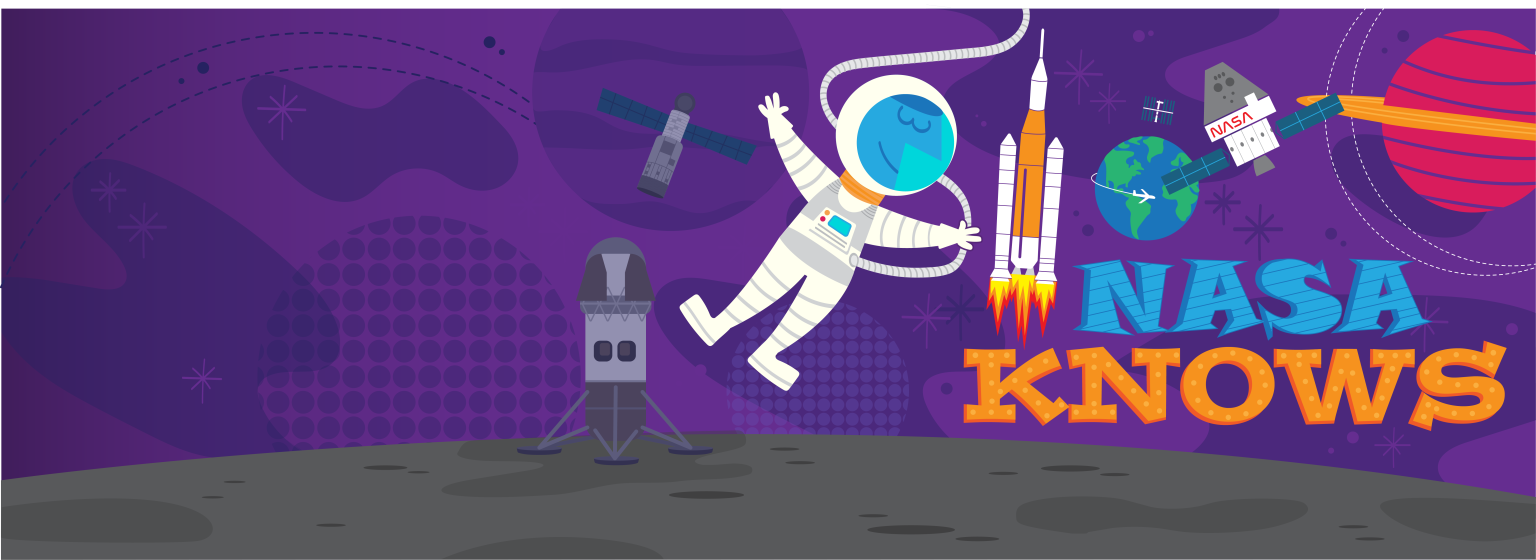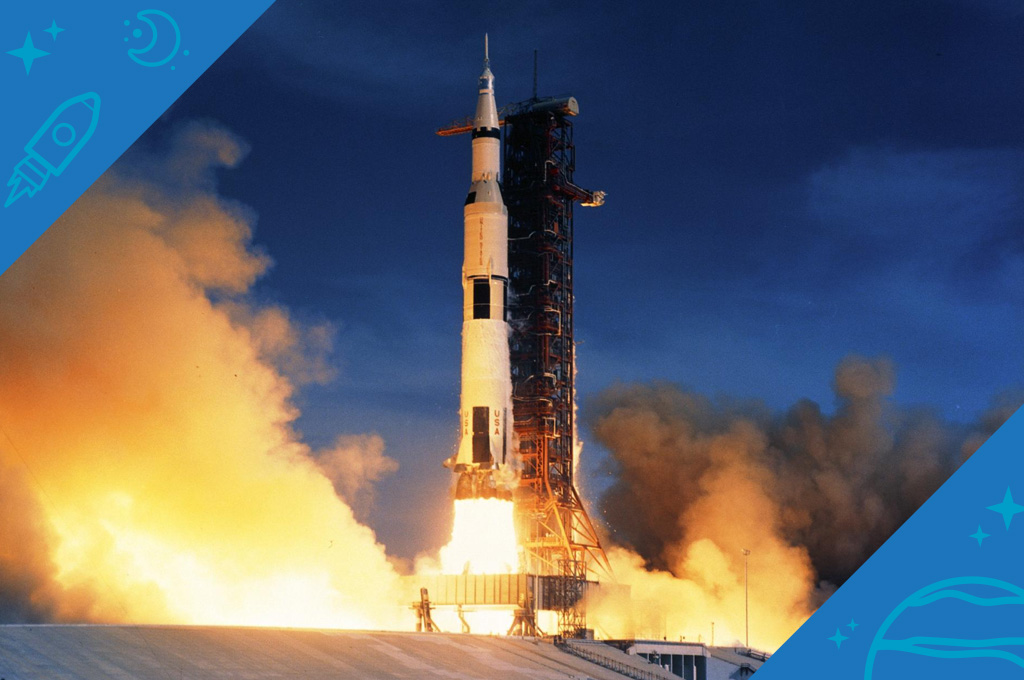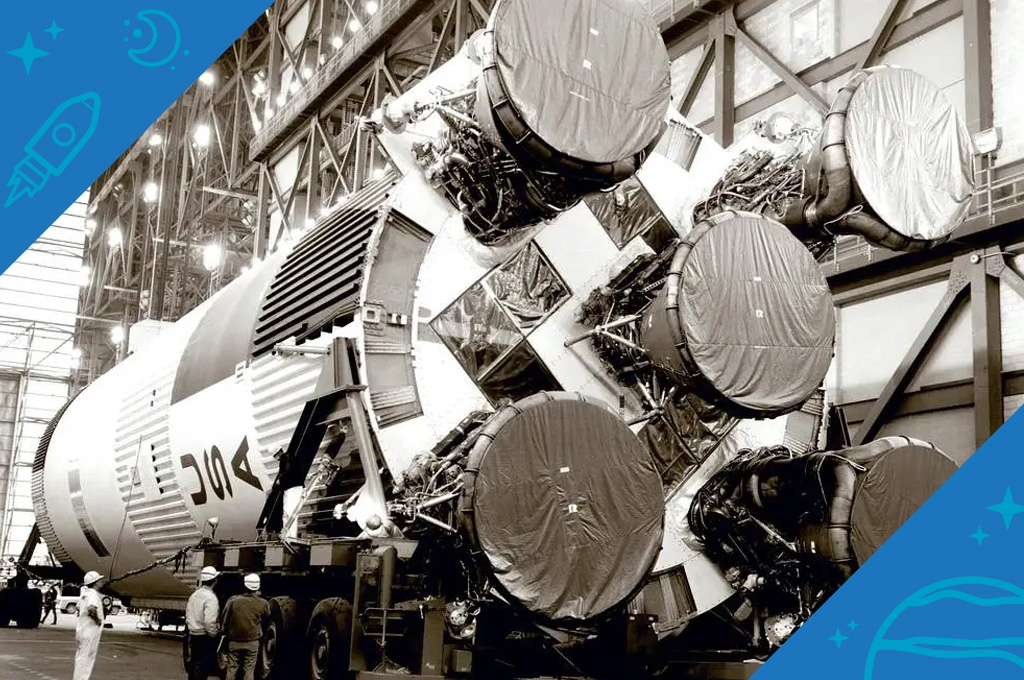This article is for students grades K-4.
The Saturn V was a NASA rocket. (The V in the name is the Roman numeral five.) This rocket launched people to the moon. The Saturn V was used in the Apollo program in the 1960s and 1970s. It also launched the Skylab space station.
How Big Was the Saturn V?
The Saturn V rocket was about as tall as a 36-story-tall building. It was taller than the Statue of Liberty. Full of fuel, the Saturn V weighed about the same as 400 elephants.
What Is the History of the Saturn V?
Planning for the Saturn V was done at NASA’s Marshall Space Flight Center in Huntsville, Ala. NASA built three types of Saturn rockets. The two smaller rockets were called the Saturn I and IB. They were used to launch humans into Earth orbit. The biggest rocket was called the Saturn V. It helped send astronauts to the moon.
The first Saturn Vs launched without crews. These were just test launches to make sure the Saturn V rocket worked like scientists wanted.
Apollo 11 was the first mission to land astronauts on the moon. Astronauts landed on the moon five more times. The last Saturn V was launched in 1973, without a crew. It was used to launch the Skylab space station into orbit around Earth. Astronauts then rode Saturn IB rockets to Skylab.
How Did the Saturn V Work?
The Saturn V rockets used for the Apollo missions had three stages. Each stage would burn its engines until it was out of fuel. It would then fall away from the rocket. The engines on the next stage would fire. The rocket would keep going higher into space. The first two stages would fall into the ocean. The third stage would either stay in space or hit the moon.
The first stage had the most powerful engines. It did the hard part of lifting the whole rocket off the ground. The second stage went almost into orbit. The third stage put the Apollo spacecraft into Earth orbit and pushed it toward the moon.
More About the Saturn V:
What Was the Apollo Program?
Who Was Neil Armstrong?
What Is a Rocket?



























